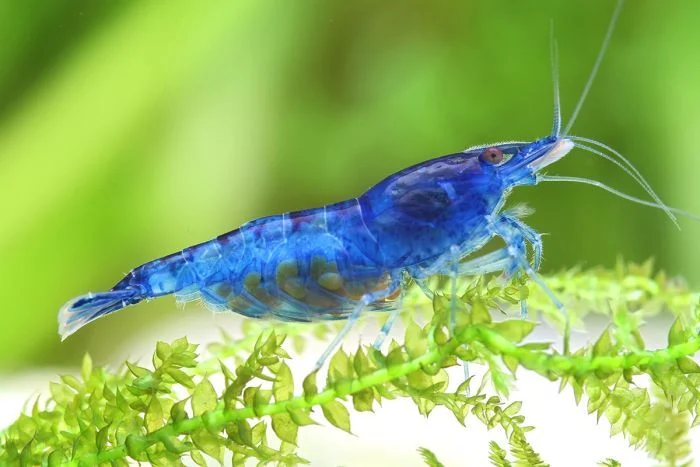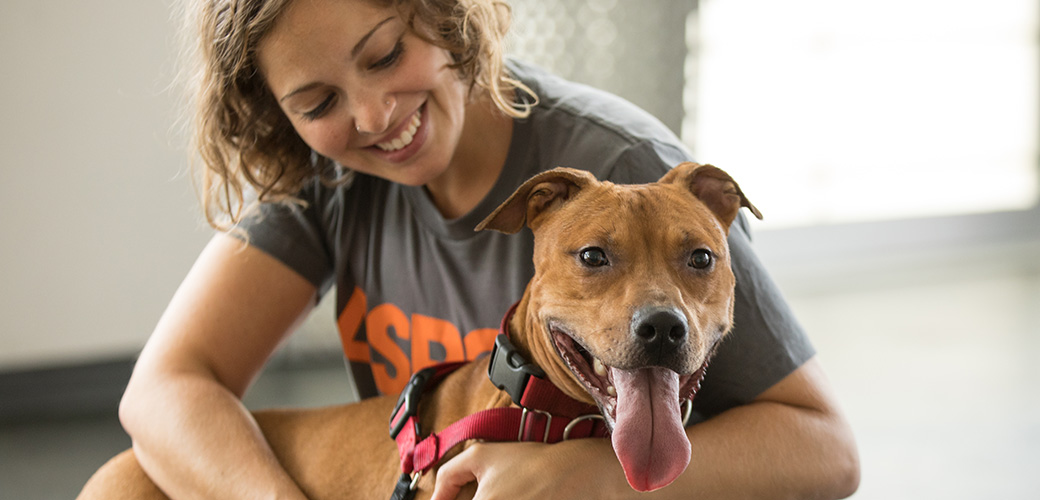You want your horse to be healthy, happy, and performing well. Red light treatment for horses is a new therapy gaining favor in the equine industry for its many benefits. Horse equine red light therapy stimulates cellular healing and circulation with red or near-infrared light. The non-invasive, painless technique treats several equine diseases safely and effectively.
What Is Horse Red Light Therapy Benefits?
Heal Pain
Horses often get arthritis, tendonitis, and muscle strains. These conditions may develop from aging, injury, or overuse. Thus, they can impair horses’ comfort, performance, and health. Red light therapy for horses can fix these issues. Red light treatment increases blood flow, reduces inflammation, and promotes natural healing by penetrating tissues with red or near-infrared light.
Inflammation causes pain and suffering after damage or illness. Red light therapy increases circulation and anti-inflammatory cytokines, lowering inflammation. The horse is more mobile due to reduced discomfort and edema. Red light therapy reduces inflammation and increases collagen production, which is important for joint health. Joint problems like equine arthritis decrease collagen, which cushions and maintains joints. By boosting collagen creation, red light therapy can improve joint function and reduce pain in horses with certain issues.
Better Recovery
Racehorses and jumpers often get hurt. Rest and good care are vital for healing, but red light therapy can help your horse get back to normal faster. Red light therapy boosts cellular repair and regeneration, speeding wound healing. The cells in the body produce ATP when red or near-infrared light penetrates the skin. Red light therapy speeds up healing by increasing ATP generation, the main energy source for cells. Cellular repair and circulation can speed wound healing. Horses who receive red light therapy may recover faster. Red light therapy’s efficacy depends on the damage or wound’s severity and kind. Occasionally, more extensive treatment is needed. However, red light therapy can help many horses heal faster and perform better.
Less Stress
In unusual or frequent circumstances, horses are anxious and tense. These issues may impair a horse’s health and behavior. Red light therapy relaxes and calms horses. Red light therapy reduces equine anxiety and tension. Happiness and well-being are increased with serotonin treatment. Increased serotonin production, which affects mood, sleep, and food, helps horses relax under red light. Red light therapy lowers cortisol and boosts serotonin. Cortisol can cause weight gain and immunological dysfunction in reaction to stress or anxiety. Lowering cortisol with red light treatment reduces horse stress and anxiety. Red light therapy can calm horses in new places. Red light treatment calms horses, improving their behavior and health.
Better Coat
The coat of a horse shows its health. Gorgeous glossy coats indicate optimum health and nutrition. Red light treatment can benefit a horse’s coat in addition to grooming and diet. It increases skin oxygenation and blood flow for healing. This improved circulation feeds hair follicles, promoting hair growth and coat health. Red light therapy increases collagen and elastin production, essential for healthy skin and hair.
Horse coat gloss and brightness improve with red light therapy. Red light therapy enhances blood flow and cell healing, which increases coat luster. Horses look better in competition with bright, healthy coats. Healthy coats boost horses’ confidence and well-being. Horses perform better in the ring and life when they look and feel good.
Conclusion
Red light treatment for horses is a fascinating new advancement in equestrian medicine and rehabilitation. The non-invasive and painless nature of the therapy means your horse should be comfortable for the entire session. Several sessions could be suggested to get the best benefits, depending on your horse’s needs and condition.







